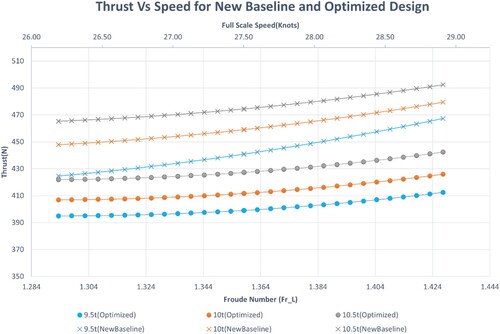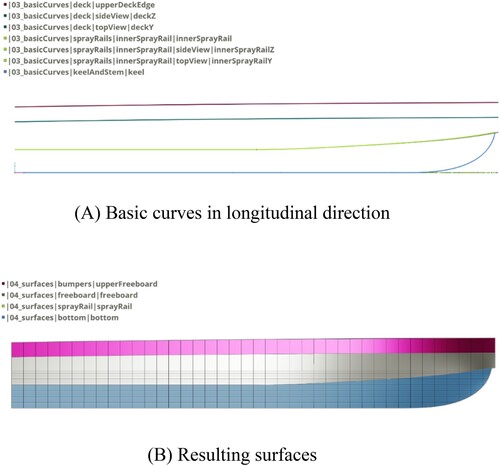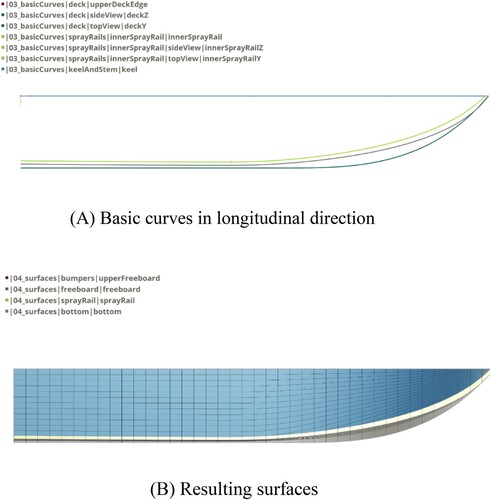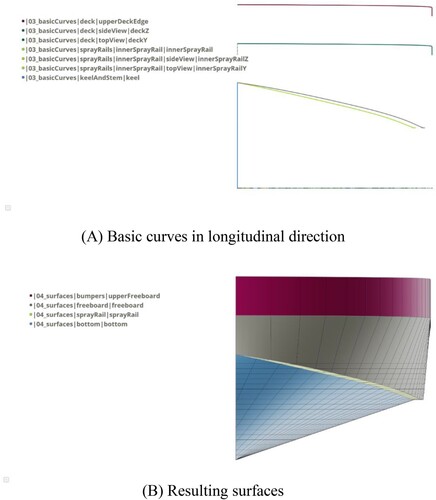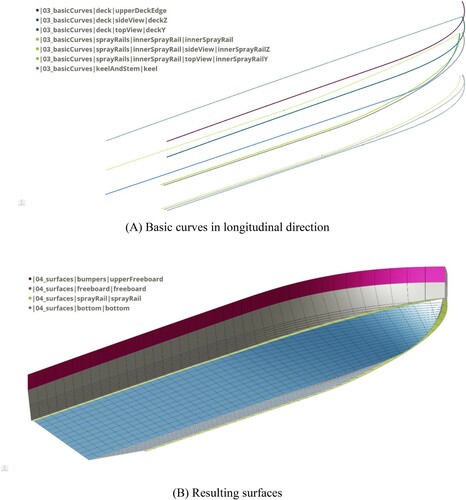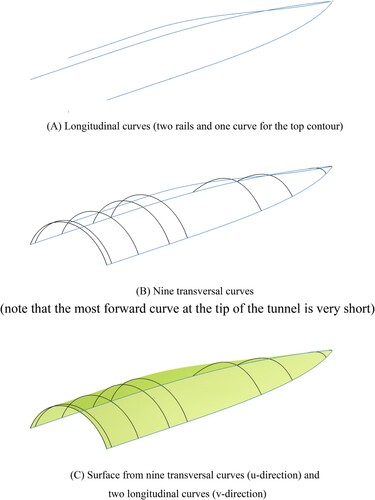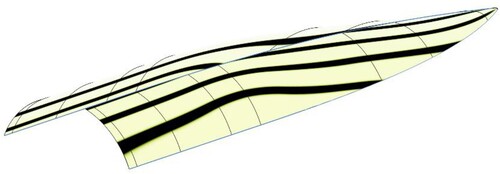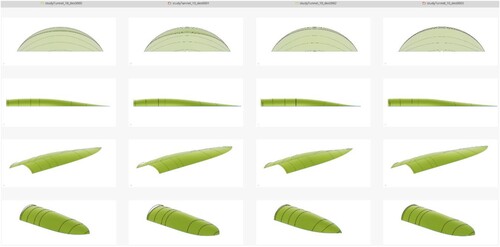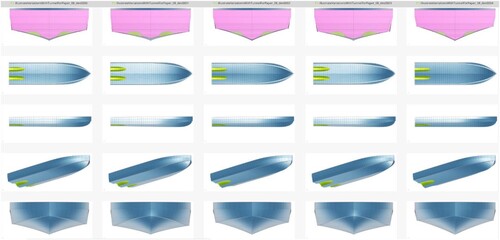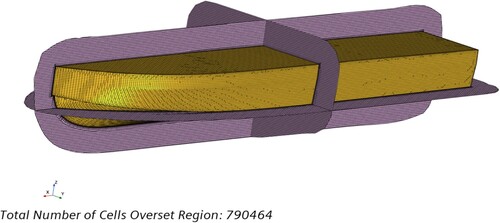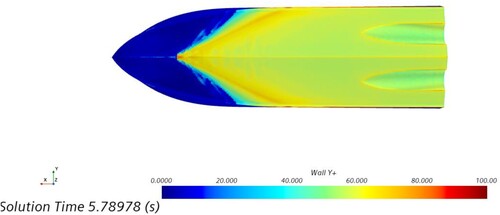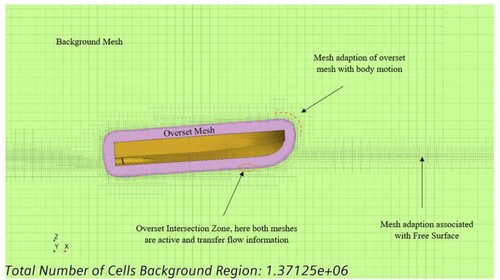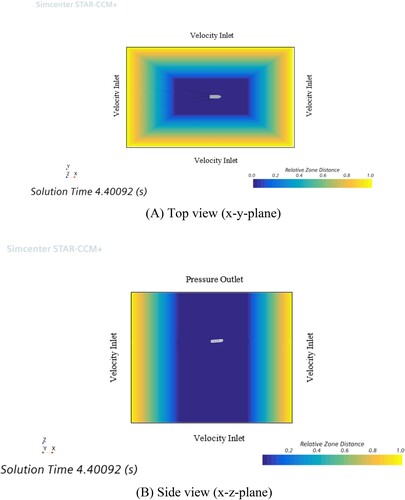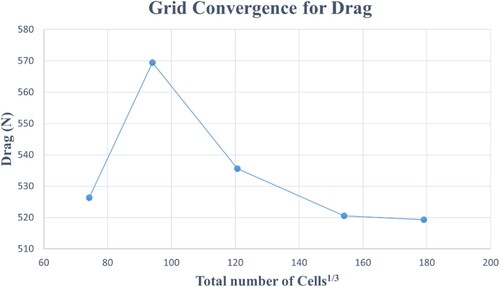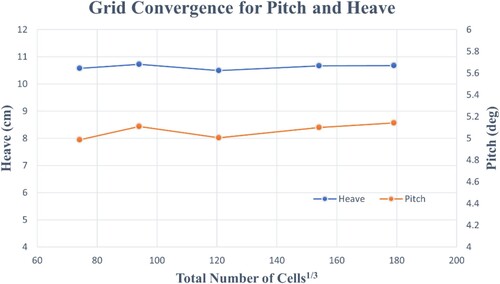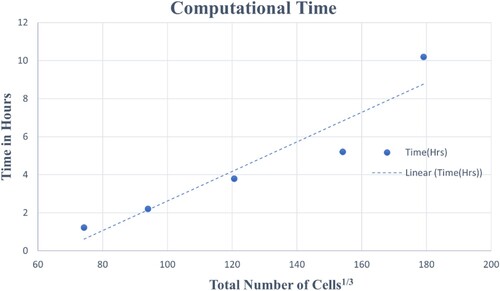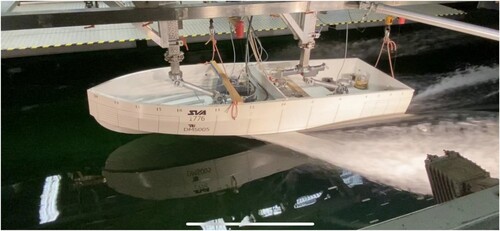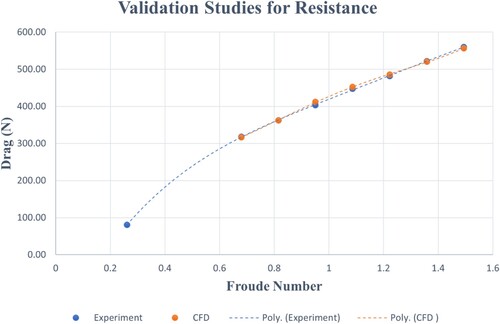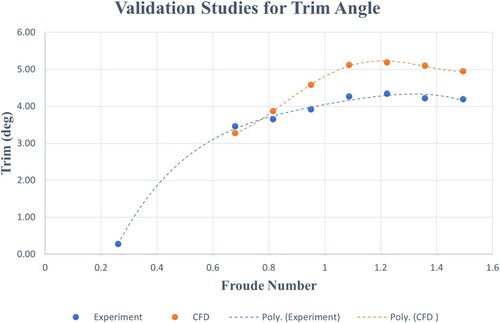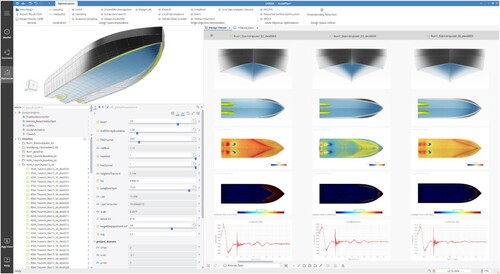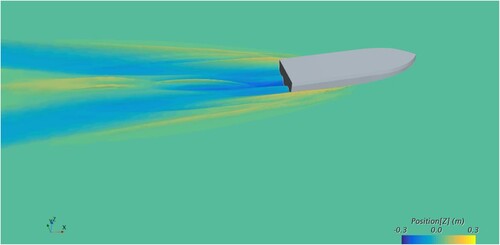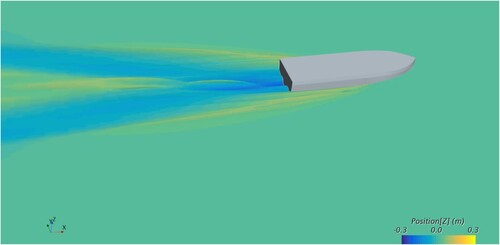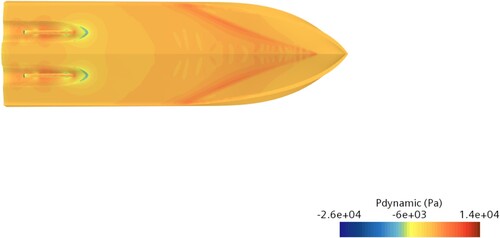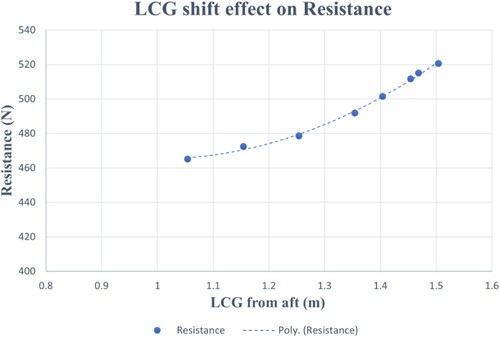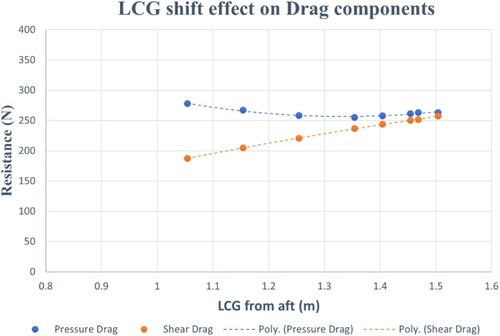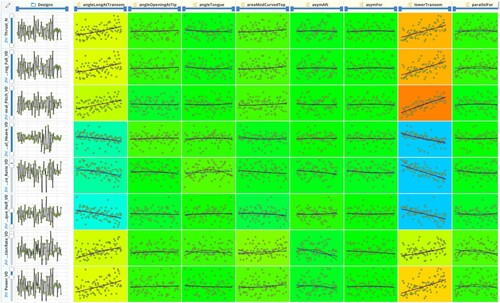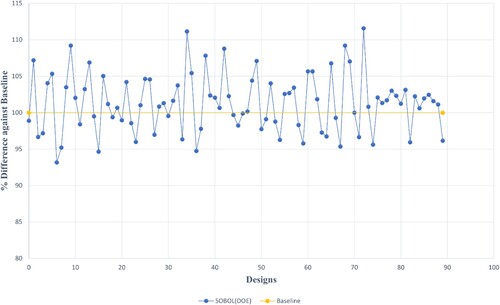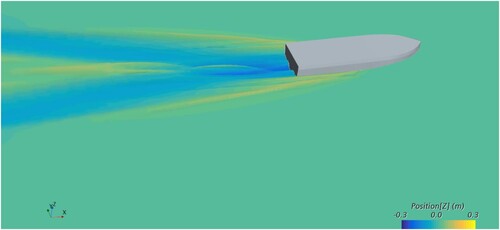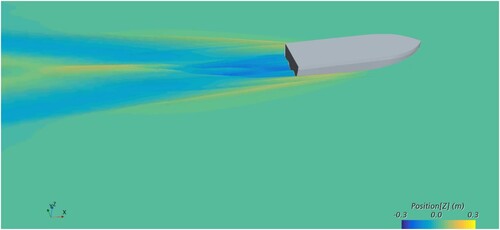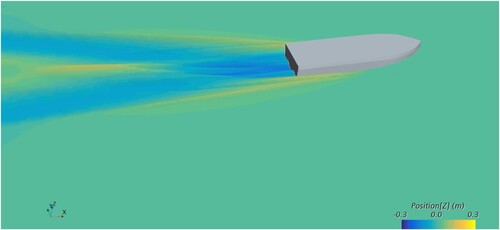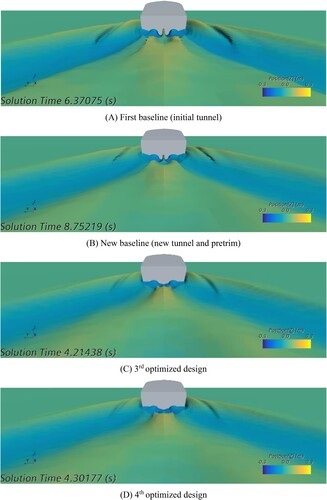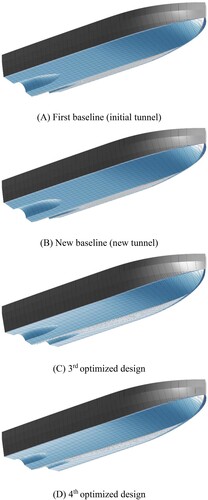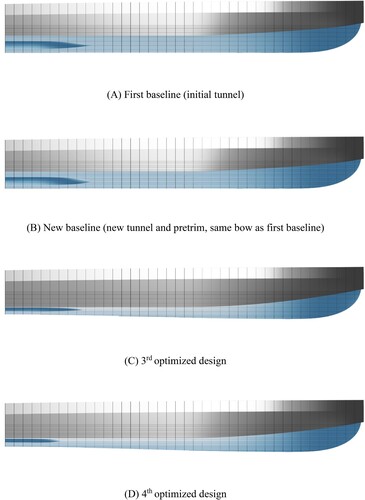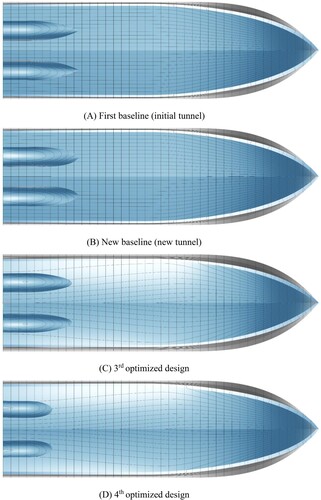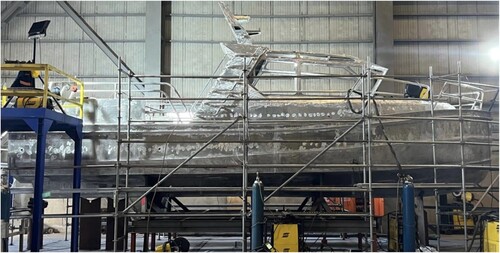Figures & data
Figure 1. Illustration of the planing boat in calm water. (SkyView in CAESES with wave field from Simcenter STAR-CCM+).
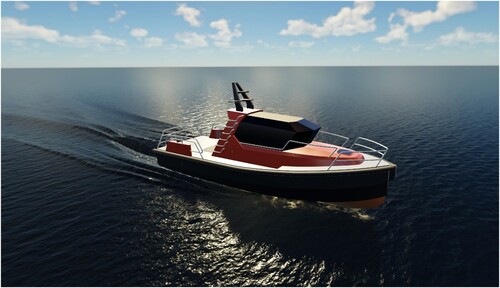
Table 1. Outline of the paper.
Table 2. Global parameters of the planing boat (parameters featuring sliders are free variables with given lower and upper bounds).
Table 3. Parameters of basic curves.
Table 4. Parameters of the tunnel (N.B. The tunnel radius is kept constant during the optimizations).
Figure 9. Perspective view of assembly of final hull from bare hull and tunnel. (A) Tunnel geometry (green surface) converted into a solid and rotated to position (grey), protruding into the bare hull (semi-transparent solid in blue for the bottom and the freeboard with purple for the transom); (B) Imprint of the tunnel (green region) in solid for the bare hull (blue).
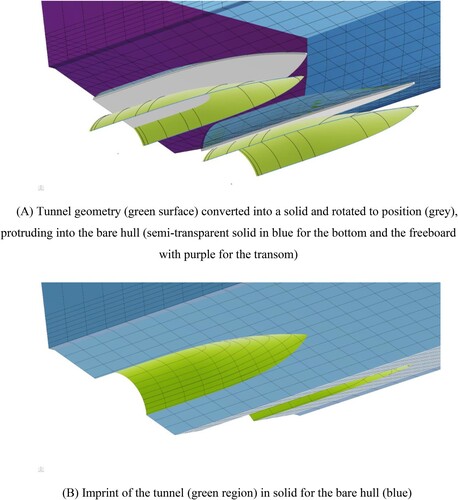
Figure 10. Perspective view of aftbody with all components put together (shaft line and bracket conceptually approximated for illustration).
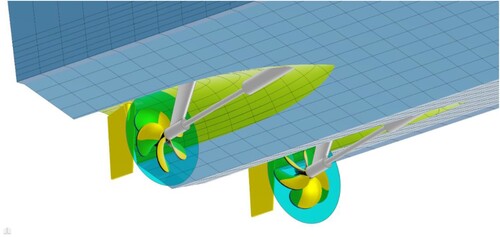
Figure 12. Appended hull with actuator disk for CFD simulations within Simcenter STAR-CCM + (rudder omitted).

Table 5. Principal dimensions at full-scale and at model scale (model scale of 3.2871).
Table 6. Grid convergence study.
Table 7. Validation at model-scale for various speeds.
Figure 23. Comparison of numerical (orange) and experimental (blue) values for heave (rise) (only one measurement point available).
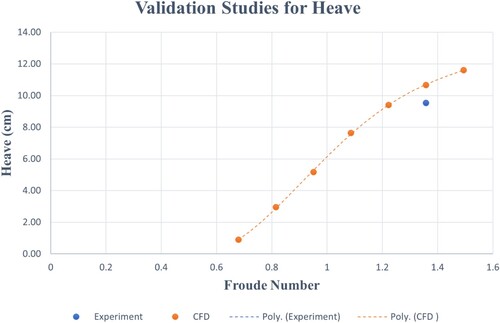
Figure 25. Initial tunnel (left) and new tunnel (right), before rotation to position above the propeller (compare to ).
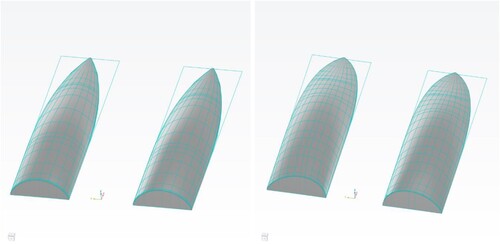
Table 8. Comparison of model-scale data for the boat with the initial and the new tunnel using CFD.
Figure 28. Pressure distribution for boat with initial tunnel as computed with Simcenter STAR-CCM +.
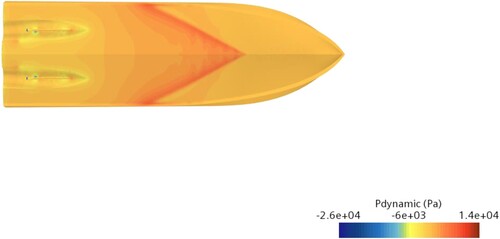
Table 9 . Sensitivity analysis of LCG for boat with new tunnel, using CFD (negative static trim refers to bow down, positive trim means bow up).
Figure 31. Pressure distribution for boat with new tunnel and LCG shifted aftwards as computed with Simcenter STAR-CCM +.
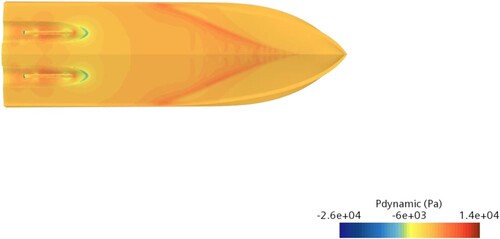
Table 10. Effect of appendages on performance.
Table 11. Effect of mesh size on performance.
Figure 33. Overview of the overall design process and the various SDD campaigns (below the dashed line) along with resulting designs.
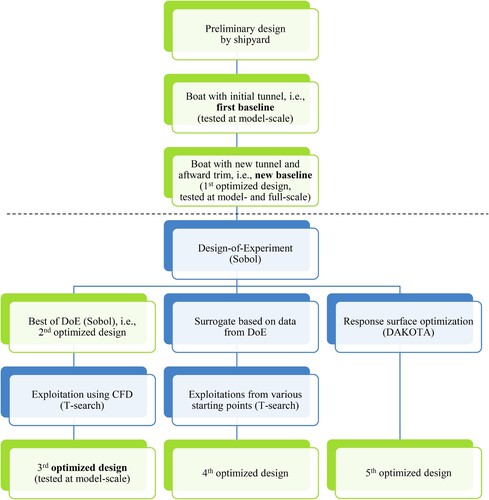
Table 12. Lower and upper bounds of design variables for the SDD campaigns.
Figure 36. Deterministic optimization via a T-search, starting from DoE’s design number 15 with thrust of one propeller as the objective.
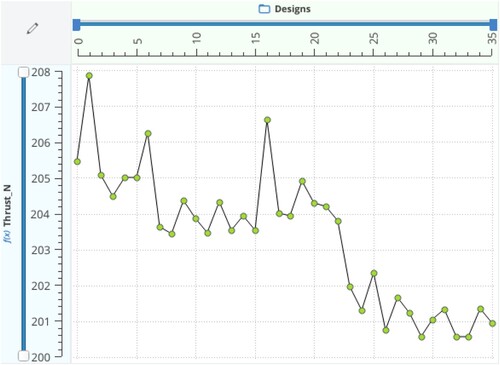
Figure 37. History of the T-search run on the surrogate (grey line) vs. history of the T-search run on the basis of CFD simulations (orange line).
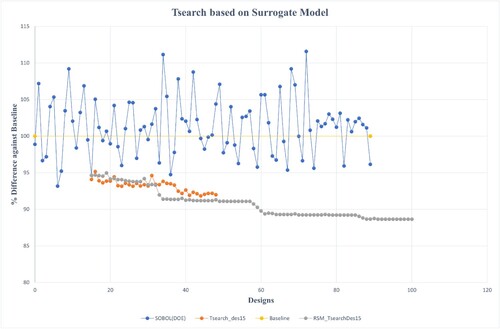
Table 13. Validation of the Kriging based ML model.
Table 14. Summary of optimization results.
Table 15. Optimization Results for Appended Model with Finer Mesh.
Figure 42. Pressure distribution for 3rd optimized design as computed with Simcenter STAR-CCM + (also compare to and ).
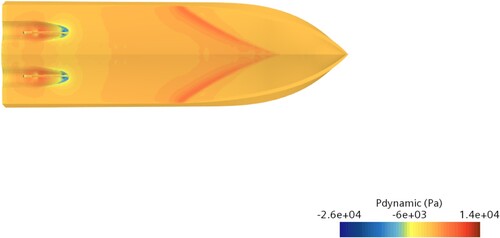
Figure 47. Propeller thrust at model-scale vs. speed for the new baseline and the 3rd optimized design at three representative displacements.
